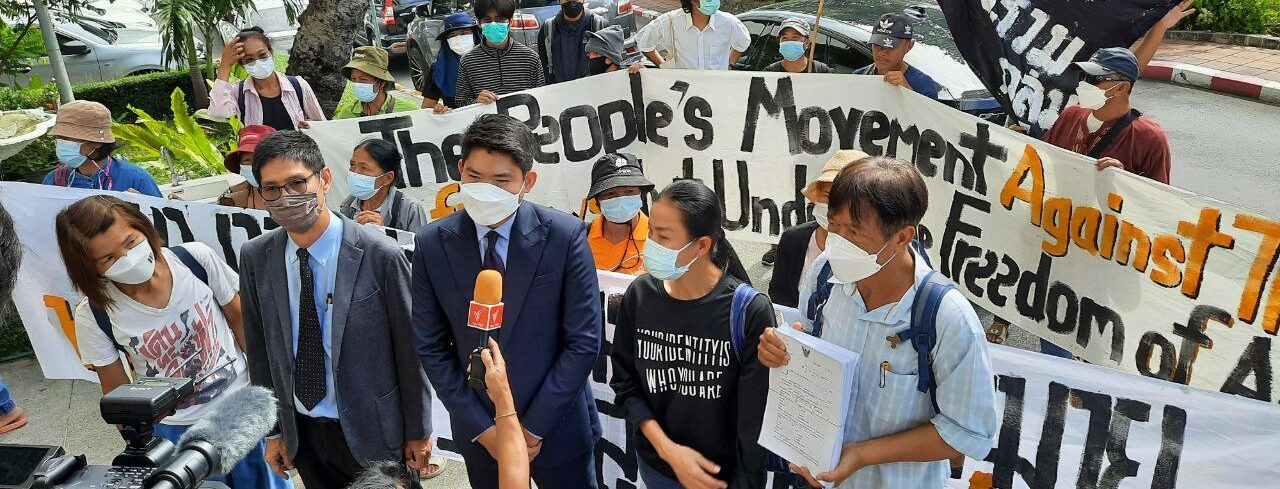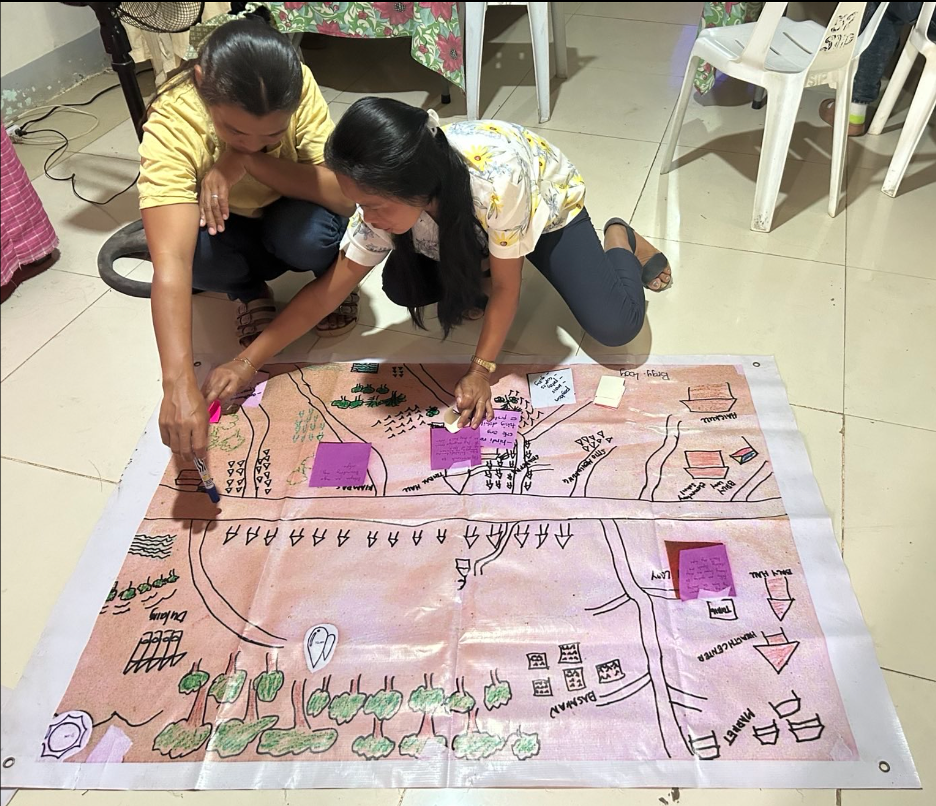The triple planetary crisis encompassing climate change, pollution and biodiversity loss is a global reality with far-reaching consequences, including a negative impact on human rights. In the words of the United Nations Secretary-General, António Guterres, this crisis “threatens the well-being and survival of millions of people around the world”. The European Commission also alerts, “Biodiversity loss is weakening our economies and undermining the well-being of billions of people. Pollution is now taking nine million lives every year. And for entire nations, rising sea levels, droughts and floods are becoming an existential risk.”
To counter it, individual and collective environmental human rights defenders (EDHRs) around the world strive to protect the environment through many different kinds of actions at local, national, regional and international level. In every corner of the world, environmental defenders share the common goal of preserving our planet, our common home. They campaign for stronger policies for environmental protection, raise awareness and denounce violations to our right to a safe, clean, healthy and sustainable environment. As we celebrate World Environment Day, we applaud their work for a more sustainable future, to safeguard natural resources and biodiversity, to protect and restore land, to combat desertification and drought, to halt pollution, etc.
Supporting and accompanying environmental human rights defenders and calling on duty-bearers and stakeholders to protect them is part of PI’s mandate. The defence of the right to defend human rights, which is at the centre of our work, includes the defence of the right to a clean, healthy and sustainable environment. Environmental human rights defenders are rights holders, and, therefore, subject to protection as any other human rights defender, in line with the UN Declaration on Human Rights Defenders. As a matter of fact, environmental and land human rights defenders are among the defenders who face the highest and most lethal risks, with Latin America leading with 68% of the killings between 2012 and 2022, according to Global Witness. It is also worth noting that indigenous peoples were subject to nearly 40 percent of fatal attacks against environmental defenders, even though they make up 5% of the world’s population. In this article, we tell you in four stories how PI supports and accompanies environmental human rights defenders around the world.
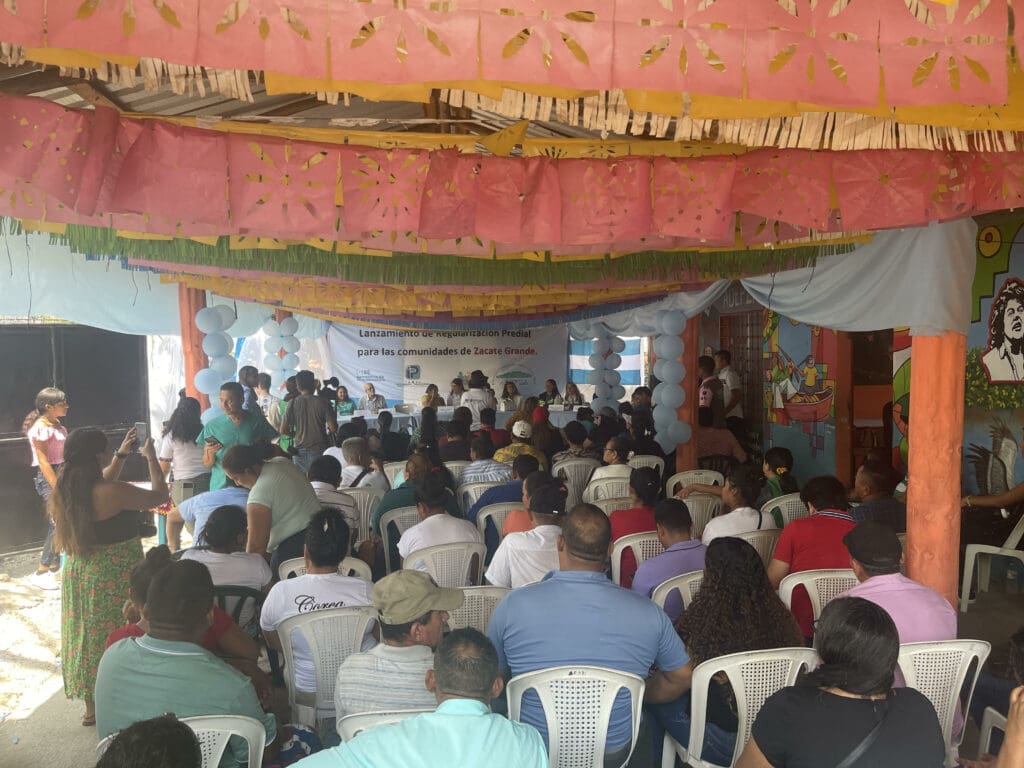
In the south of Honduras, the Zacate Grande peninsula is home to more than 10,000 people who are proud of its natural beauty and abundant resources. However, this region also faces a strong socio-environmental conflict due to unclear land ownership and increasing natural resource concessions by the public administration. It is precisely in this context of territorial dispute between communities and landowners where the Association for the Development of the Zacate Grande Peninsula (ADEPZA) has been working for nearly two decades, defending their communal rights on land and territory.
In this region, over 100 environmental human rights defenders have been criminalised for their work and harassed through threats, aggressions, surveillance, acts of intimidation and smear campaigns. Protection International supports ADEPZA to better assess their risks and strengthen their collective protection. PI also has a specific line of work to support women EHRDs because they experience differentiated psychosocial affections linked to the rights violations and attacks they suffer. Women also play a key role in strengthening and restoring the social fabric through the community radio station: ‘La Voz de Zacate Grande’.
“[PI’s] work helps us to feel safer when participating in activities, to identify aggressors and to know how to (re)act,” say one of the community women.
Uganda has one of the most active environmental activism in Africa. Environmental human rights defenders in the country are raising their voice against the development of the controversial East African Crude Oil Pipeline (EACOP) project. The EACOP is one of the most ambitious fossil fuel infrastructure projects under development in the world. If constructed, the pipeline would transport Ugandan crude oil to a port in Tanzania, with severe environmental, social and economic consequences for the biodiversity in the whole region.
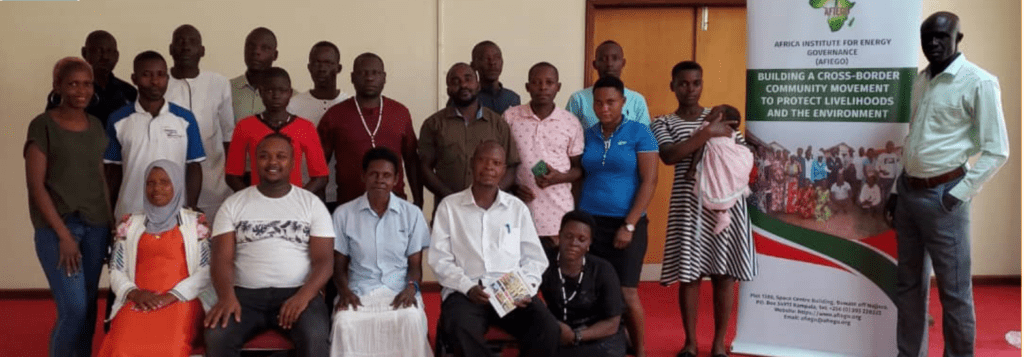
But defending the environment in Uganda comes with challenges: legal protection for human rights defenders is poor, civic space is significantly constrained and the Ugandan authorities often target land and environmental human rights defenders. This is the case of the Africa Institute for Energy Governance (AFIEGO), a NGO dedicated to policy research and advocacy for the promotion of sustainable energy and environmental policies: AFIEGO has faced harassment and criminalisation of its staff in relation to their positioning against the construction of the EACOP project.
PI has supported the work of AFIEGO by strengthening their capacities on risk assessment and physical and digital security. PI also provided psychosocial support to a collective of Ugandan women land and environmental defenders who were victims of sexual violence while defending their land.
Gender inequalities are greatly amplified by climate change, with and women and girls experiencing its greatest impacts. As highlighted by the UN Special Rapporteur on the rights of Indigenous peoples, Indigenous women are disproportionally impacted not only by climate change, but also by the development of megaprojects (agro industrial, extractive, infrastructure, etc.), which confine them to protected areas, and by the double discrimination they face for being women and indigenous.
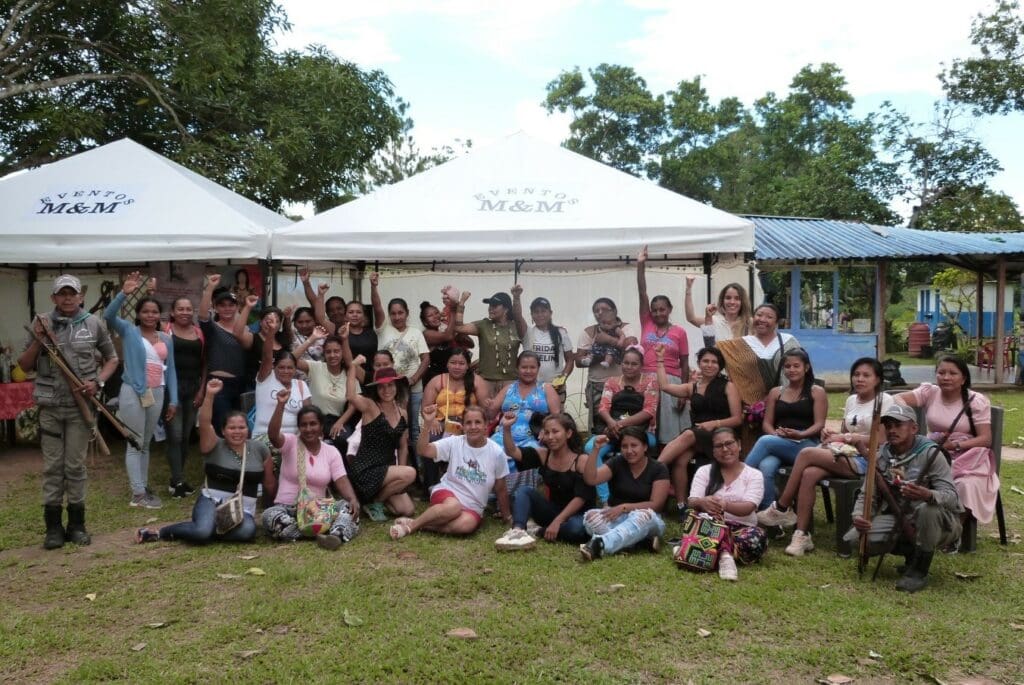
In the region of the Orinoquía in Colombia, climate change is affecting the lives of Indigenous women of La Primavera. Their survival is at stake. Both climate change and the exploitation of the land and other natural resources by external actors have severely impacted their way of life, their territory, their cultural and ancestral practices, and even their relationship with their bodies. Extreme natural phenomena are more frequent and their territories – their spaces for collecting water, hunting, fishing, or sowing – have shrunk. This situation has enhanced the vulnerability of these women, who, in addition to being more geographically isolated, are dependent on an increasingly scarce availability of natural resources.
In such context, forced to resist and re-exist in their ever-smaller territories, indigenous women decided to organise and formed collectives to develop adaptation and mitigation strategies. They are fighting for effective access to their territory, which is the backbone of their cultures, traditional practices, and food sovereignty.
In partnership with the International Center for Not-for-Profit Law, PI facilitated discussion spaces so Indigenous women of the Sikuani, Kuiba and Piapoco peoples could share their experiences. This initiative encouraged PI to publish its study on Indigenous Women and Climate Change, focusing on the challenges Indigenous women face, their collective strength, their right to freedom of association, and the risks they have identified, linked to the lack of understanding of their ethnic and ancestral practices by power-holders.
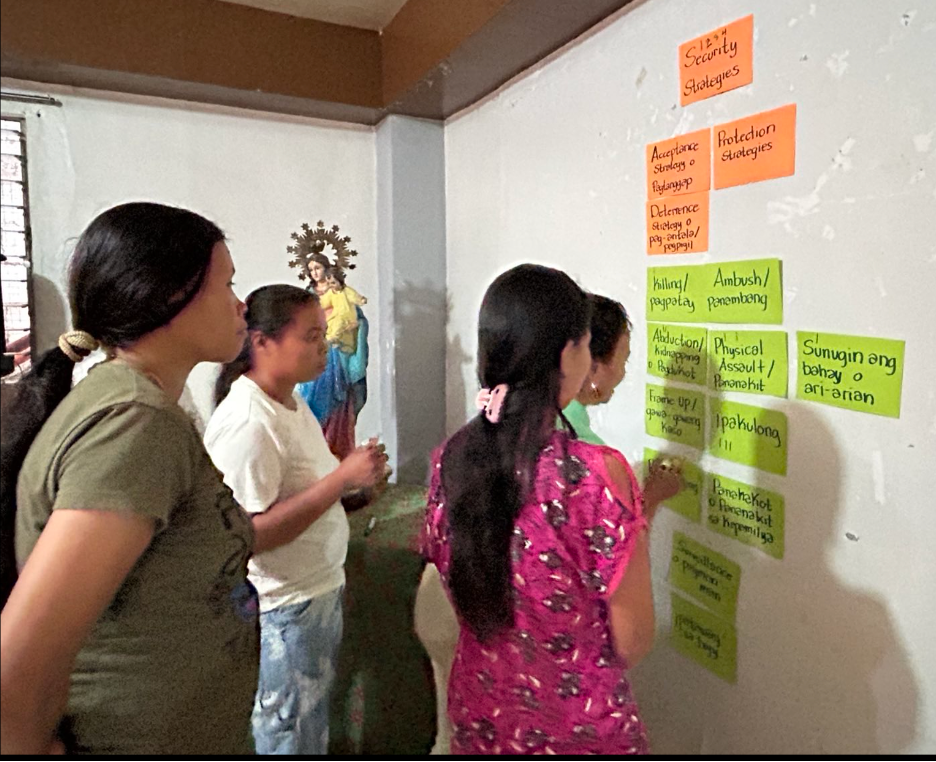
On the other side of the globe, in the Philippines, PI has partnered with the LILAK Purple Action Network for Indigenous Women’s Rights and with INGED Fintailan, an organisation of women from the Indigenous communities of Teduray and Lambangian. PI has supported them to strengthen their security through situated risk assessments and the development of protection strategies and security plans. We also support the work of community-based Indigenous women rights defenders in the province of Maguindanao, who monitor and document gender-based violence, land grabbing and conflicts, and projects that have a negative impact on the environment, such as extractive projects or the construction of tourist resorts in natural spaces.
As noted by UN Secretary-General, human rights defenders who work at the intersection of access to land rights, environmental rights and/or Indigenous peoples’ rights face a multitude of overlapping risks and in certain countries are targets of extremely violent attacks. Despite this, environmental human rights defenders and their collectives remain resilient in protecting our planet. By defending their right to defend their land and territory, we are defending your rights too.

